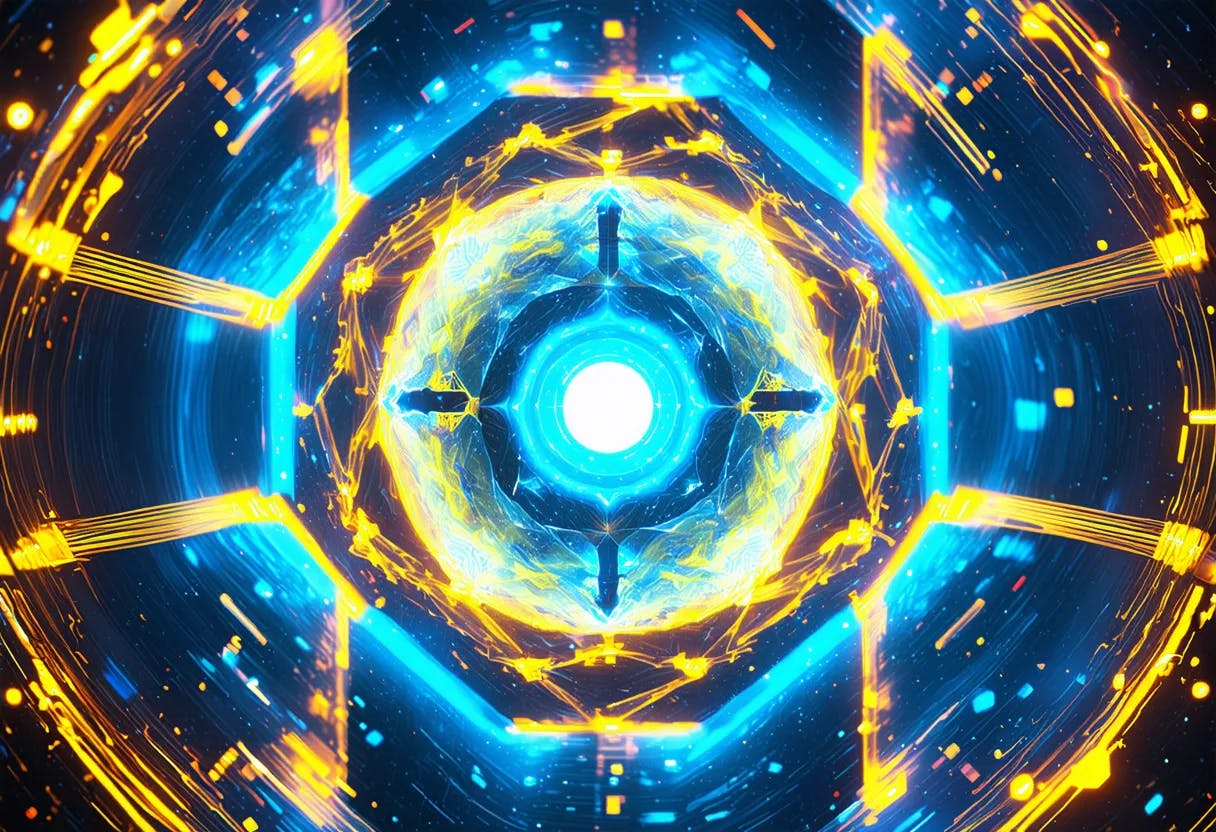Among many innovations there is a very intriguing topic that has been in trend these days of “Quantum AI” . It promises to revolutionize how we process information and solve complex problems. Quantum AI leverages these quantum principles to enhance the capabilities of AI. Therefore, to understand the concept of Quantum AI, we need to understand Quantum mechanics first.

What is Quantum Mechanics?
Traditional computers that we use nowadays are based on the concept of bits, which can take a value of 0 or 1 based on the requirements. The operations involved are primarily based out of OR, AND, or NOT gates. Whereas, this basic foundation changes when it comes to quantum mechanics, which uses Quantum Bits (qubits). The difference is that qubits can hold 0, 1, or both 0 and 1 at the same time until they are measured. Qubits use a physical property of superposition.
Taking an example of flipping a coin, in classic computer it takes a value of heads or tails. Whereas in quantum mechanics, its value can be heads or tails until you observe it. Quantum mechanics works on three basic concepts:
-
Superposition
-
Entanglement
-
Tunneling
Superposition
Superposition allows a qubit to be in multiple states simultaneously. Superposition is crucial because it allows quantum computers to process a vast amount of information simultaneously. A perfect example here is of Schrödinger's Cat. Imagine a cat being placed in a sealed box with a radioactive atom, Geiger counter, a vial of poison, and a hammer. If the Geiger counter detects radiation (which depends on the random decay of the atom), it triggers the hammer to break the vial, releasing the poison and killing the cat.
Quantum mechanics suggests that until one is opened and observed, the atom is in a superposition of being decayed or not being decayed. A similar concept holds for the cat as well. Until we open the box, the cat could be dead or alive.
Entanglement
If two particles are interconnected, in classical physics, they carry properties of each other as long as they are in connection with each other. As the distance between the particles increases, their interconnected properties start fading. Opposite of this happens in quantum mechanics, no matter how far away the particles are from each other, one of the particle can directly influence the star of other particle. To simplify, if one measures the state of one particle, one automatically knows the state of another particle regardless of the distance between them. This instantaneous correlation occurs because the particles share a combined quantum state.
Tunneling
It is a phenomenon in quantum mechanics where a particle can pass through a barrier that it classically shouldn't be able to cross. A simple example is a ball rolling up a hill. In the classical case, if the ball does not contain enough energy to climb up the hill, it will roll back. Whereas, if this is created in quantum mechanics, the ball has the probability of traveling through the tunnel and will reach the other side of the hill even if it does not have enough energy. Please note that Tunneling is a probabilistic event. The particle doesn't always tunnel through the barrier, but there is a certain probability that it will.
The concept of quantum mechanics is a new field and is a difficult topic to understand. In the next blog, gates in quantum mechanics will be explained which level up the difficulty of the blog. Please stay tuned!

